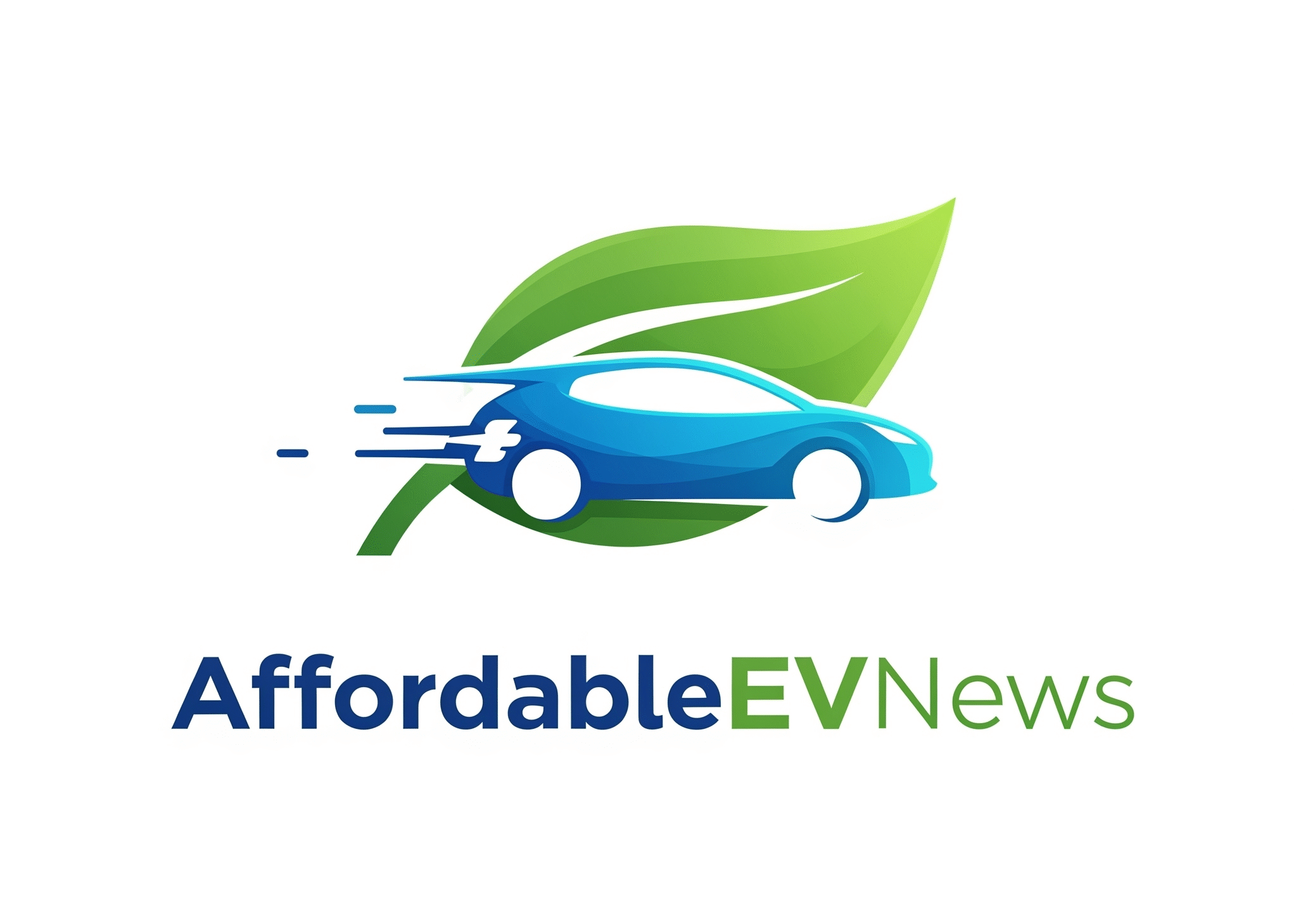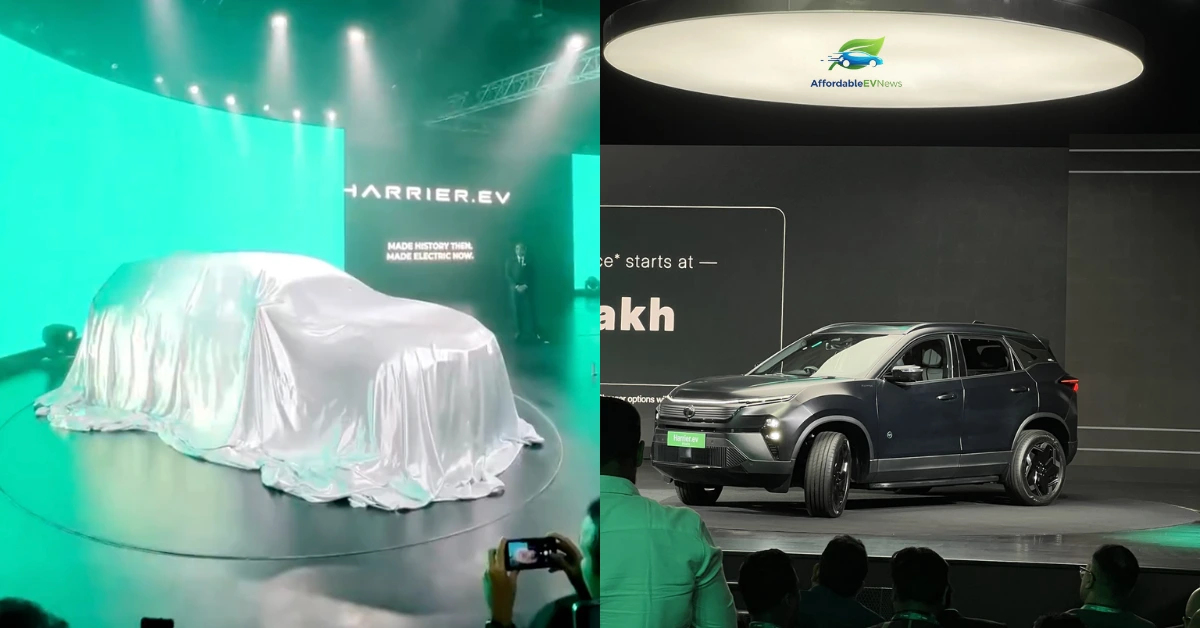India is shifting gears toward an electric future, and two big names—Tata Motors and Mahindra—are leading the race. Both companies are trying to build the best electric vehicles (EVs) that fit Indian roads, Indian families, and Indian budgets. But while they’re racing ahead, they’re also learning some important lessons on the way. So what’s really going on in this electric showdown? Let’s take a closer look in simple, easy-to-understand language.
This article is all about how Tata and Mahindra are building electric cars, what’s working, what’s not, and what it means for you, the Indian buyer. Think of it like watching a race—not just to see who wins, but to see who learns the smartest moves to get there. And right now, Tata is making some quick fixes, while Mahindra is going bold, but both are figuring things out one step at a time.
Tata Motors: Learning From Mistakes and Gearing Up With Smart Changes
Tata Motors started strong in India’s EV market with cars like the Nexon EV and Tiago EV. But their recent project, the Tata Curvv EV, didn’t go as planned. They talked a lot about it being a “Coupe SUV”, but in reality, it was more like a longer version of their Nexon. So, customers felt a bit misled—like ordering a chocolate cake and getting a brownie instead!
Because of this, the Curvv EV isn’t selling well. Tata dealerships are filled with unsold cars, and now the company is planning huge discounts of ₹3–4 lakhs just to clear the stock. Meanwhile, the petrol version of the Curvv is doing fine, which shows that customers still trust Tata—but only when they know exactly what they’re buying.
Tata’s next big EV, the Harrier EV, has also been delayed. It was supposed to launch during Diwali last year but got pushed because of the Curvv EV’s poor performance. Tata also decided to wait and see what Mahindra would do first—kind of like letting your friend take the first bite of a hot samosa to see how spicy it is!
Originally, Tata wanted to price the Harrier EV very high—around ₹30–35 lakhs—but they’ve now learned from their mistake and are aiming to launch it at ₹20–25 lakhs, which is way more affordable. The Harrier EV will come with strong features like All-Wheel Drive (AWD), dual-motor setup, and a big 75 kWh battery that offers great power and range.
The best part? The Harrier EV is expected to have power figures of up to 350 bhp and 500 Nm of torque—that’s a lot of muscle! It also includes futuristic features like Vehicle-to-Load (V2L) and Vehicle-to-Vehicle (V2V) charging, meaning it can charge other devices or even another car. Tata has already tested it in a drag race against Mahindra’s XUV.e9—and it won!
There’s also more coming from Tata: the Altroz EV is expected to share components with the Nexon EV long-range version, and the upcoming Sierra EV will be positioned as a premium electric SUV with Tata’s most powerful features.
Mahindra: Building Big with Born-EVs but Facing High Expectations
Mahindra is taking a different route. Instead of converting petrol cars into EVs, they’re building “Born EVs”—cars that are electric from the ground up. This includes the BE.05 (now BE6) and XUV700 EV (also called XUV.e8). The idea was bold, but there have been bumps along the way.
One of the first challenges was a failed partnership with Volkswagen, which forced Mahindra to delay and rethink its EV launches. Their plan to launch the XUV700 electric (XUV.e8) with a stylish coupe design was dropped, and focus shifted to launching the BE6 to compete with the Hyundai Creta Electric.
The XUV.e8 is expected to launch around Independence Day 2025, and it will feature AWD motors and strong battery performance. However, there’s some concern that Mahindra may have priced its EVs too high, sometimes by ₹2–3 lakhs more than expected, which could make it difficult to attract budget-sensitive buyers.
Many experts feel that Mahindra is focusing too much on EVs and not enough on petrol cars, which could be risky. Customers are asking for more range, which is pushing Mahindra to work on 79 kWh battery options to give better mileage per charge.
But here’s the twist—if the pricing doesn’t match the market’s expectations, Mahindra could be forced to offer big discounts later. And unlike Tata, Mahindra doesn’t yet have a strong EV track record. There’s also worry that Mahindra is trying to sell its EVs based on hype, not real performance, which might not work for long.
The Road Ahead for Harrier EV: EV Race in India Still Has Many Turns
The competition between Tata and Mahindra is heating up, but the EV journey in India is still very young. Indian customers are smart and value-conscious—they want electric cars that look good, drive well, offer long range, and fit within a fair price. If a company gets any of these wrong, buyers will move on to the next option.
Other upcoming rivals include the eVitara from Maruti Suzuki and the Creta EV from Hyundai. But even these cars are struggling with pricing issues. Some reports suggest that Hyundai overpriced the Creta EV, which has hurt its appeal. As one source said, “EVs don’t need big brand names, they just need to work well and be priced right.”
In the end, both Tata and Mahindra are learning fast. Tata has understood the value of honest marketing and fair pricing, while Mahindra is trying to build exciting EVs from scratch but needs to focus on customer expectations and price-value balance.
So, whether you’re a student dreaming of your first car, or a working adult looking to go electric, the next few years are going to bring plenty of exciting options. Keep your seatbelts on—India’s EV revolution is just getting started!


1 thought on “Harrier EV Production Starts – Tata Motors EV Plans for 2025 and Beyond”